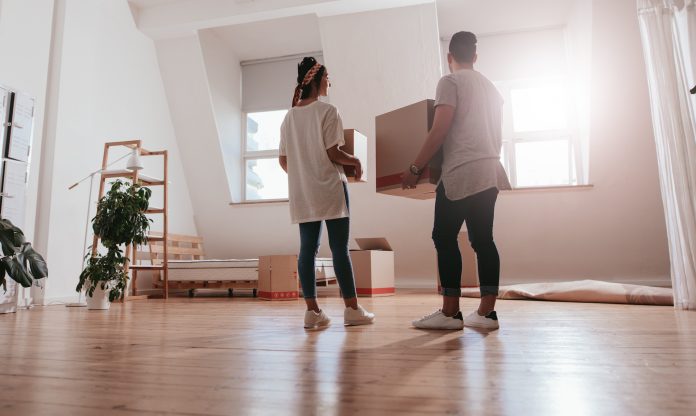Key Highlights
- Terner Center at the University of California at Berkeley estimates that nearly 50M people living in renter household likely experiencing immediate job/income losses and collectively face $19.5 B/month in rent payments due
- More than 50% of rental units in buildings of 1-4 units
- 88% of these buildings owned by “mom and pop” landlords with no more than 10 units, according to the Urban Institute
With rent delinquencies and rent strikes increasing in May due to rental households being crippled by the economic fallout from the COVID pandemic, unpaid rental bills and eventual evictions may cripple these rental households if they don’t get immediate help. Simultaneously, owners and landlords of rental properties will also be crippled to pay the regular expenses (utilities, property taxes, payroll, health and safety measures, mortgage payments held largely by pension funds and retirement accounts of working Americans) if and when they do not collect money from renters.
Download Your FREE Ultimate Agent Survival Guide Now. This is the exact ‘do this now’ info you need. Learn NOW How to Access All The Bailout Program Cash You Deserve. Including Unemployment and Mortgage Forbearance Plans. To Access the Ultimate Agent Survival Guide Now Text The Word SURVIVAL to 47372. 4 Msgs/Month. Reply STOP to cancel, HELP for help. Msg&data rates may apply. Terms & privacy: slkt.io/JWQt
The Cares Act did authorize mortgage forbearance for homeowners, limited funds to limited number of rental property owners, limited emergency funding to aid renters and property owners, a one-time $1,200 cash supplement and jacked up unemployment insurance benefits BUT the Terner Center estimates that more than one third of all renter households work at jobs most vulnerable to “disruption” and that many renters won’t even qualify for UI.
Congress is considering +$100B emergency program for new ongoing rental assistance to tenants. Along with such a program, Carol Galante and Barry Ziggs, both experts in the housing industry, are proposing a direct loan program to complement, not substitute, any system providing direct aid to renters themselves.
Simultaneously, Galante and Ziggs propose that rental property owners would concurrently receive direct loans to cover lost rent receipts that would be long term at zero interest rate and only for the difference between the amounts collected from tenants and the normal baseline collections. Owners would qualify for this loan program in exchange for NOT evicting tenants whose nonpayment is due to COVID economic fallouts. The credit line would be repayable over the long term, such as 10 years after the end of this COVID national emergency.
In many ways, Galante and Ziggs’s proposal goes beyond the SBA’s current Paycheck Protection Program (PPP) for small businesses…it simultaneously puts money directly into the hands of tenants who need that money now AND it covers the differences between what the tenant pays in rent and what the “normal” baseline rent collection would be.
This last weekend, National Economic Council Director Larry Kudlow said that an additional third tranche of money for the PPP “may be” needed. State and local governments desperately need help as their tax revenue has all but dried up during the COVID lockdown as do tenants and rental property owners. That being said, Kudlow did not commit to a third round, however.
Thus far in this second round of PPP funding, the average low size is $79,000 with more than 1.5M loans approved worth $50,000 and under. The first round of PPP funding saw 1.6M loans approved with an average loan size of $206,000 with +1.2M loans approved worth $150,000 and under.
Thanks to HousingWire’s guest authors Carol Galante and Barry Ziggs and CNBC’s Emma Newburger.
Also read: Landing – A Startup Targeting Millennial Professionals for High-End Rentals, Will Housing Boom When States Re-Open?, Let’s Hope the 2nd Go-Around with PPP is Better than the 1st
























